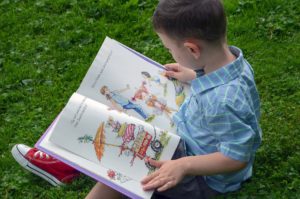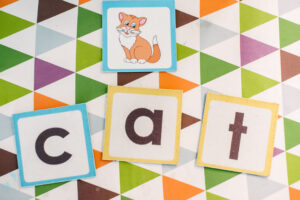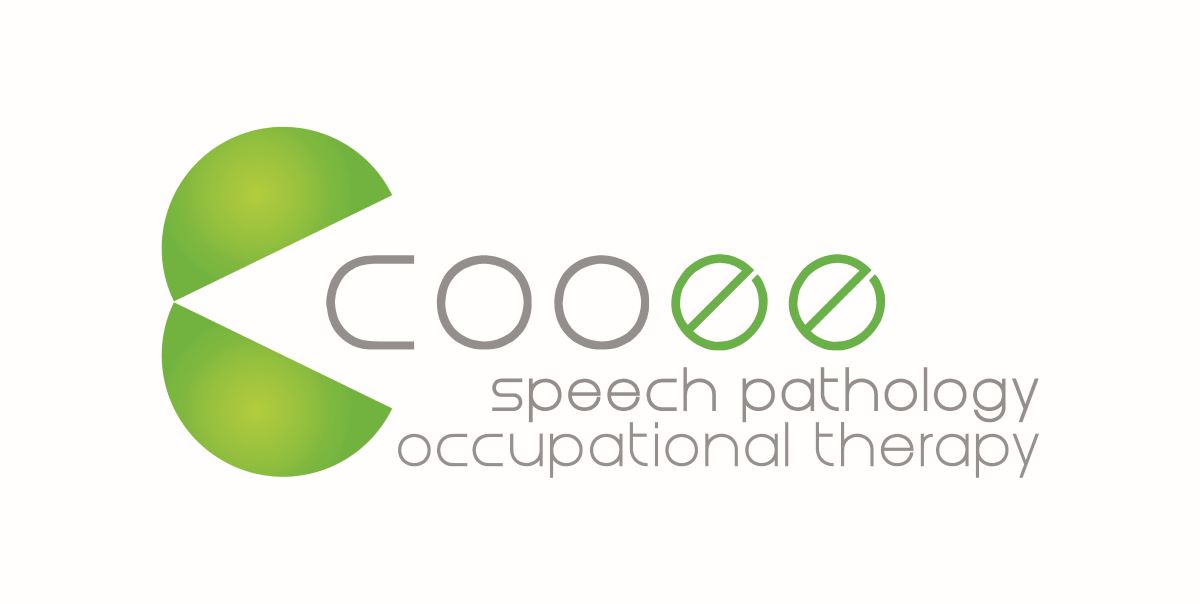Every Child is Unique – Supporting Hearing Impairment
 During your child’s first speech pathology intake session, you may be asked if they’ve had a hearing check. This is because hearing plays a vital role in speech and language development. Children learn to talk by listening to the sounds and words around them. If they can’t hear clearly, it can affect the way they understand and use language.
During your child’s first speech pathology intake session, you may be asked if they’ve had a hearing check. This is because hearing plays a vital role in speech and language development. Children learn to talk by listening to the sounds and words around them. If they can’t hear clearly, it can affect the way they understand and use language.
Types of Hearing Loss
There are three main types of hearing loss:
- Conductive – sounds can’t pass through the outer or middle ear (e.g., due to fluid or wax). Soft sounds may be missed, and louder sounds may seem muffled.
- Sensorineural – the inner ear or hearing nerve is affected. Both soft and loud sounds may seem unclear.
- Mixed – a combination of conductive and sensorineural hearing loss
 Why It Matters
Why It Matters
Different types of hearing loss affect different sounds. If a child can’t hear certain sounds, they may not use them in speech.
For example, the “s” at the end of words is quiet and can be hard to hear. A child with hearing loss may not add “s” for plurals (e.g., “dogs” and “cats”) because they haven’t heard it clearly.
What Therapy Might Look Like
 Speech therapy for children with hearing loss is tailored to their needs. Sessions often include:
Speech therapy for children with hearing loss is tailored to their needs. Sessions often include:
- Working in a quiet space
- Sitting face-to-face so the child can watch and listen closely
- Checking hearing aids or devices are working well
- Using visuals and gestures to support understanding
- Gaining the child’s attention before giving instructions
We’re Here to Support You
If you have concerns about your child’s hearing or how it may affect their speech and language, we are here to help. Together, we can make sure your child has the best chance to thrive in communication.
To learn more:
https://www.asha.org/public/hearing/types-of-hearing-loss/
Written by Chloe Norman, Speech Pathologist October 2025

